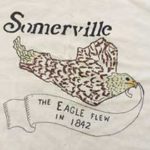 Eagle Feathers #264 – The Ether Controversy
Eagle Feathers #264 – The Ether Controversy
By Bob (Monty) Doherty
On October 16, 1846, Charlton, Massachusetts’ native Dr. William T.G. Morton successfully administered ether for the first time. The following day, The Boston Evening Journal (later to merge with today’s Boston Herald) gave a detailed account of the successful, painless operation at McClean Hospital, a part of Massachusetts General Hospital. A dentist had taken the first giant step in eliminating surgical suffering.
The operating surgeon was Dr. John Collins Warren. He was the nephew of Dr. Joseph Warren, hero of the Battle of Bunker Hill. At one time, Somerville was almost named after that patriot. Like every other physician at that time, Dr. Warren was at war against suffering.
The successful and painless operation caused a dilemma. Who was to be given credit? Three New England men fought for the distinction. They were Dr. Horace Wells (dentist) Dr. William Morton (dentist), and Dr. Charles T. Jackson who were all acquaintances. The recurring debate goes on today.
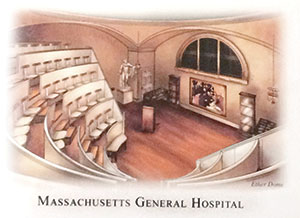
Dr. Wells was the first to administer ether in a failed mixing attempt at Mass General Hospital. When the patient cried out in pain, Wells was laughed out of the operating chamber, never to return. Discouraged and dejected, he moved to New York City where he sank into chloroform addiction. He took his own life in the city’s Manhattan Detention Complex, also known as the tombs, while being held for crimes he committed under the drug’s influence. Through the years, many people thought that the story of Horace Wells was the inspiration behind Robert Lewis Stevenson’s novel, The Strange Case of Dr. Jekyll and Mr. Hyde.
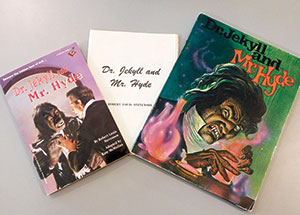
Dr. William Morton was a friend of Wells who picked up the torch and ran with it after Well’s failed attempt and embarrassment. Morton told Wells’ story and shared this information with Dr. Jackson. Together they developed a mask for ether’s delivery and received permission from Massachusetts General Hospital for a demonstration which was successful. Morton, who held the central role in the ether controversy, collapsed and died in New York City’s Central Park. He was only 49 years old.
Dr. Charles T. Jackson was a highly regarded, Harvard–educated geological surveyor and chemist who worked with Morton on ether’s development and delivery but received no credit. In 1873, Dr. Jackson was committed to the section of Somerville’s McLean Hospital known as the double domes, where he died seven years later.
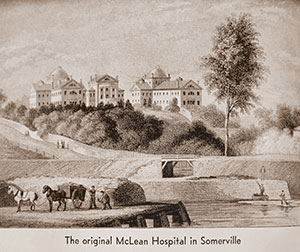
This mesmerizing story did not end there. How could the miracle discovery of ether, the vapor that eliminated human pain, cause so much agony to its creators? The answer was in who received the credit for the discovery. All three men battled each other for the rest of their lives for the fame, glory, honor, and homage. In the end, their lives were broken.
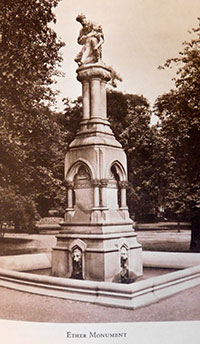
There were still other claimants. One was Dr. Crawford Long of Athens, Georgia, who asserted that he had used ether in surgery as early as 1842, the year Somerville became a town. One hundred and fifty-four years ago, the first statue built in the Boston Public Garden was unveiled. It was the Ether Monument, commonly called the Good Samaritan. The memorial doesn’t mention the first men who practiced with the mysterious vapor or where … it simply praises ether and its wondrous contribution to mankind.
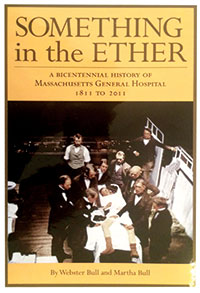












Reader Comments